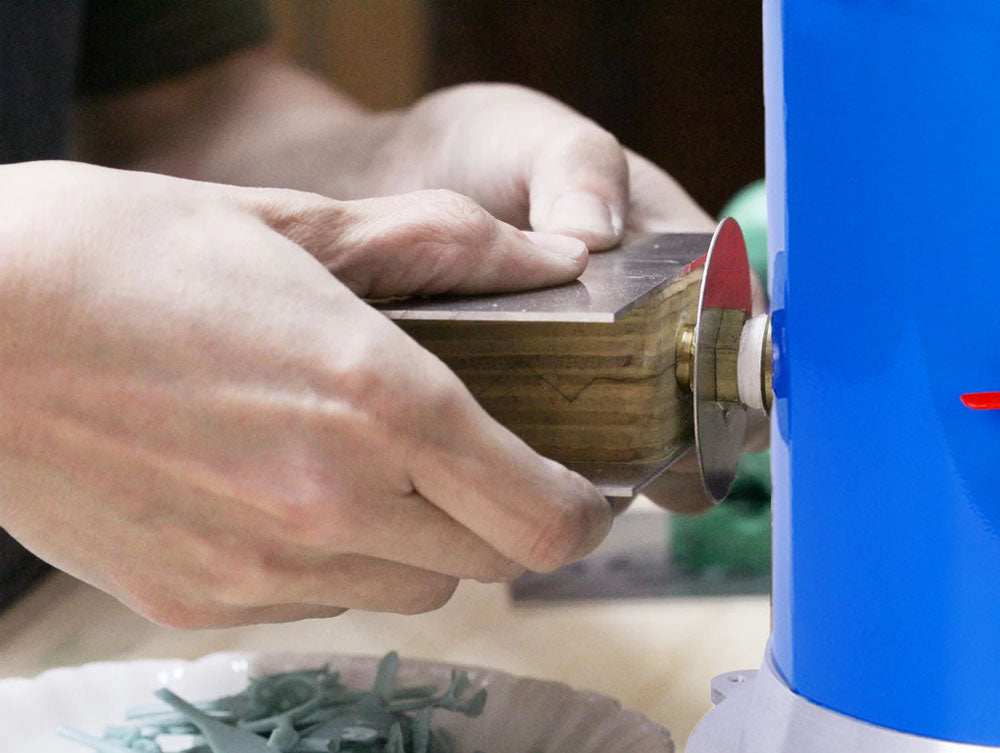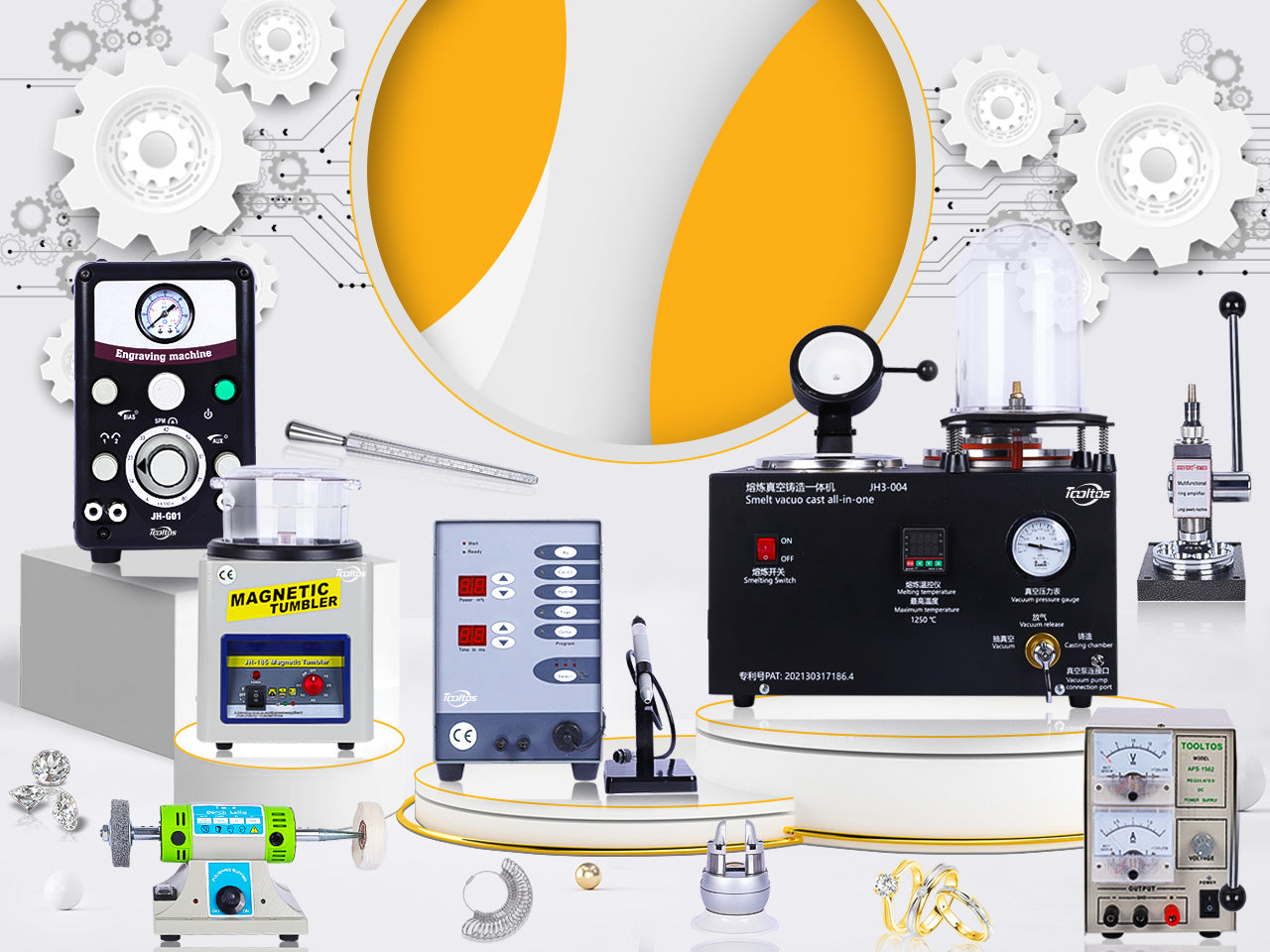Jewelry wax injection machines—also called vacuum wax injectors—are the workhorses of lost-wax casting workflows, producing high-fidelity wax patterns that become the templates for metal castings. By combining controlled heat, vacuum, and air pressure, these machines force molten wax into every crevice of a rubber mold, yielding precise, reproducible patterns ready for investment casting. Below is an overview of their operating principles, key components, and primary uses in jewelry manufacturing.
Operating Principles
1. Wax Melting and Temperature Control
Wax injection machines maintain a heated reservoir (“wax pot”) that melts injection-grade wax pellets or beads. Operators set the wax temperature—typically between 140–180 °F (60–82 °C)—via an adjustable thermostat to achieve optimal flow without degrading wax properties. A soak period (often 30–60 min) ensures the wax bath uniformly reaches the target temperature before injection.
2. Vacuum Degassing
Before injection, the rubber mold chamber is evacuated to remove trapped air. This vacuum step (commonly 20–25 seconds) prevents air pockets, ensuring bubble-free wax fills, even in thin sections or deep undercuts.
3. Pressure Injection
Once the mold is under vacuum, the machine switches to positive air pressure—adjustable from 4 to 10 psi—to drive molten wax from the pot into the mold cavity. Dual-nozzle designs help distribute wax evenly across complex models, shortening cycle times and improving fill consistency.
4. Cooling and Mold Release
After injection (typically 3–5 sec), the mold remains clamped under pressure for a brief cooling phase, allowing the wax to solidify. Operators then release pressure, open the mold, and extract the wax pattern, which is ready for spruing and investment.
Key Machine Components
| Component | Function |
|---|---|
| Wax Pot & Heater | Melts and maintains wax at set temperature |
| Vacuum Pump | Evacuates air from mold chamber |
| Pressure Regulator | Controls air pressure for wax injection |
| Dual Nozzles | Provide even wax flow into multi-cavity or complex molds |
| Thermostat Controller | Precisely adjusts and displays wax temperature (±0.1 °C accuracy) |
| Footswitch Valve | Hands-free control of vacuum/injection cycles |
Primary Uses in Jewelry Making
1. Wax Pattern Production for Lost-Wax Casting
The core use is generating wax replicas of jewelry designs—rings, pendants, earrings—with exceptional detail. These patterns are assembled on sprues and invested in plaster before metal casting.
2. High-Volume and Repeatable Output
Vulcanized rubber molds produced separately can yield hundreds to thousands of identical wax patterns, making injection machines ideal for small-batch to mass production runs.
3. Complex Geometry and Undercuts
Vacuum-assisted filling ensures wax penetrates intricate filigree, hollow forms, and deep undercuts that manual pouring cannot reliably fill.
4. Rapid Prototyping and Design Iteration
Quick cycle times (under one minute per pattern) allow designers to test multiple iterations of a model before committing to metal, accelerating product development.
Best Practices for Optimal Results
-
Fine-Tune Temperature: Adjust in 1 °F increments and allow full soak time; overheating wax increases shrinkage and surface roughness.
-
Maintain Vacuum Integrity: Regularly inspect seals and hoses; even minor leaks degrade mold filling.
-
Use Release Agent Sparingly: A light talc dusting prevents wax from sticking without compromising surface detail.
-
Clean and Refresh Wax: Replace bulk wax periodically to avoid contamination and degraded pattern quality.
-
Clamp Mold Evenly: Use parallel plates (aluminum or plexiglass) to distribute pressure and avoid flash.
By mastering these principles, jewelers can leverage wax injection machines to produce flawless wax patterns efficiently, unlocking high-precision, scalable casting workflows that form the backbone of modern jewelry manufacturing.



0 comments